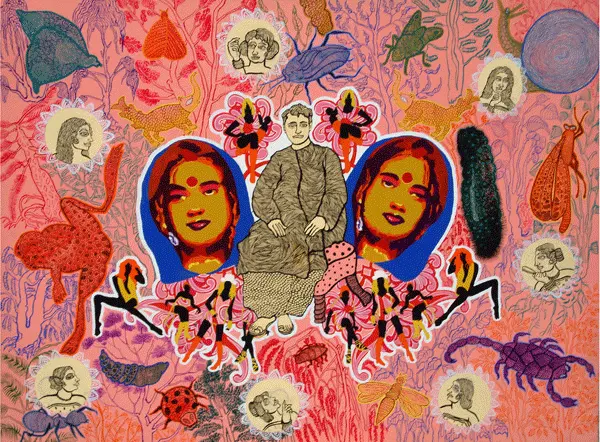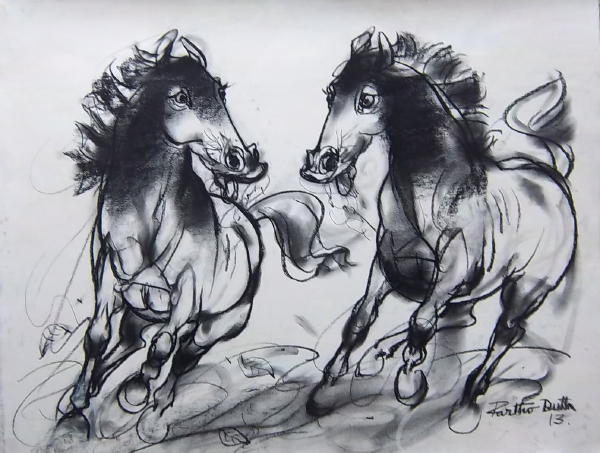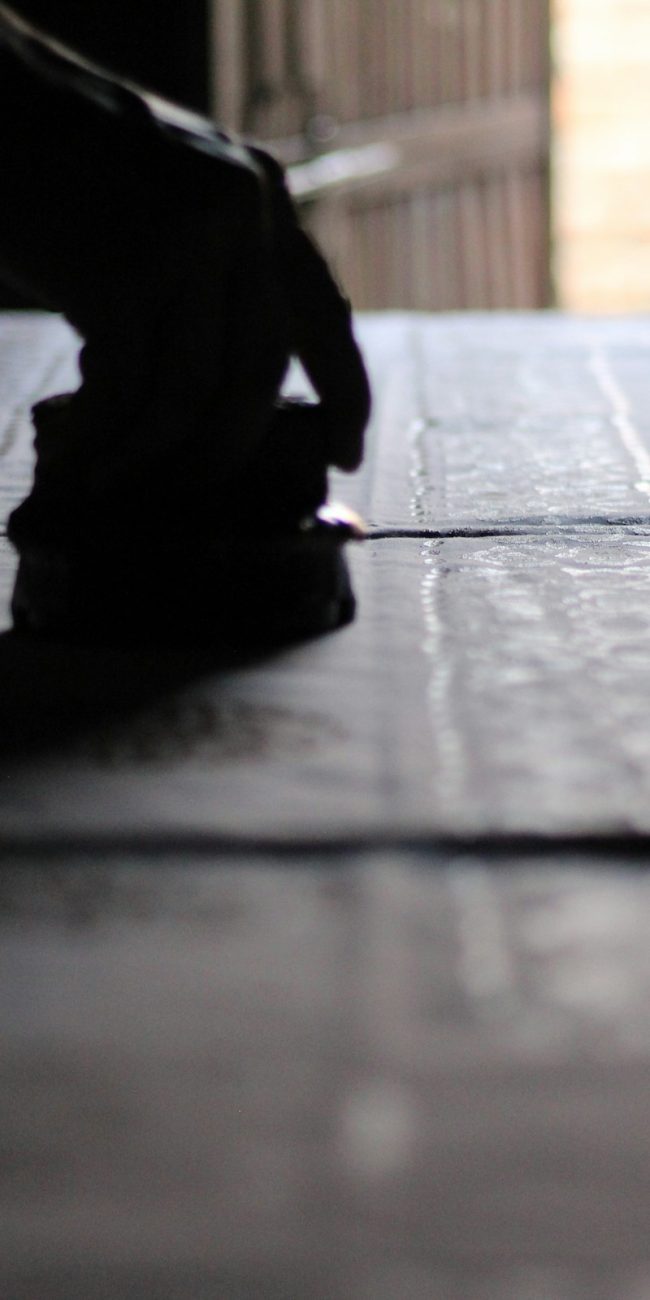
The Role of Calligraphy in Indian Art
Calligraphy is more than just beautiful handwriting, it’s an art form that has been an important part of India’s cultural and artistic heritage for centuries. From ancient temple inscriptions to Mughal-era manuscripts and modern digital typography, calligraphy has played a significant role in preserving languages, traditions, and artistic expressions.
In this blog, we will explore the history of calligraphy in India, its different styles, and how it continues to influence modern art and design.
A Brief History of Calligraphy in India
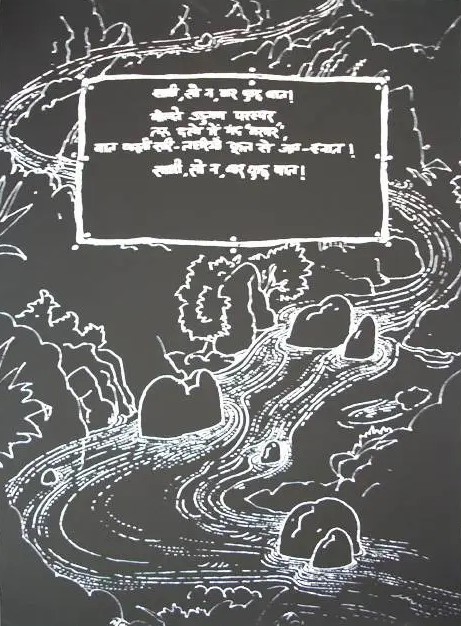
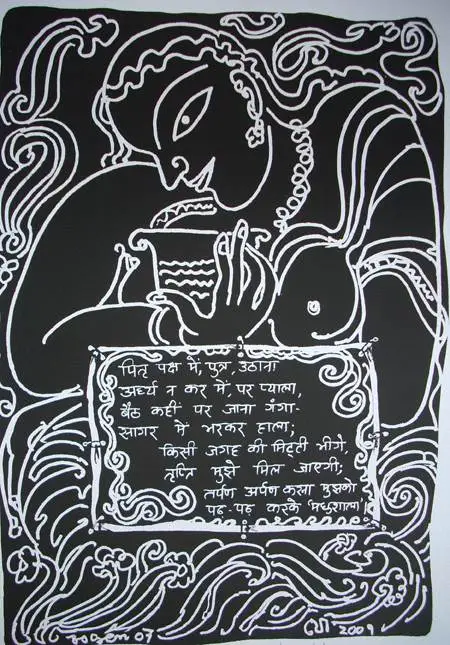
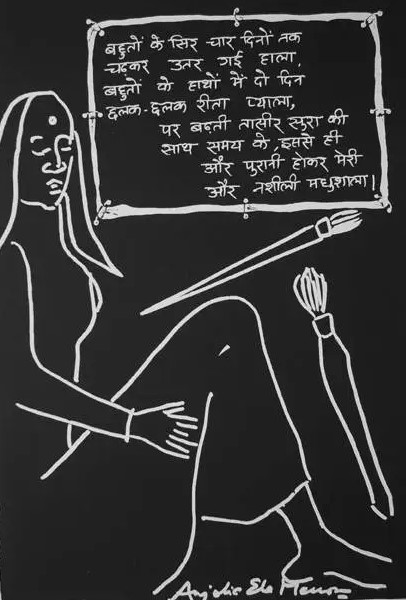
(Serigraphs by Indrapramit Roy, Jogen Chowdhury and Anjolie Ela Menon)
Calligraphy in India dates back thousands of years. Early scripts like Brahmi and Kharosthi were used to inscribe religious and administrative texts on stone, copper plates, and palm leaves. These scripts helped document history and cultural traditions.
During the medieval period, calligraphy flourished in religious texts. Hindu, Buddhist, and Jain manuscripts were meticulously written and decorated with artistic lettering.
- Sanskrit Calligraphy was used in writing the Vedas, Upanishads, and epics like the Mahabharata and Ramayana.
- Pali and Prakrit Calligraphy was important for Buddhist and Jain scriptures.
With the arrival of Islamic rule, Persian and Arabic calligraphy became highly popular. The Mughals were great patrons of calligraphy, and it was widely used in architecture, manuscripts, and royal decrees. This fusion of Persian calligraphy with Indian artistic styles created Indo-Islamic calligraphy, which remains an important part of India’s artistic heritage.
Types of Calligraphy in Indian Art
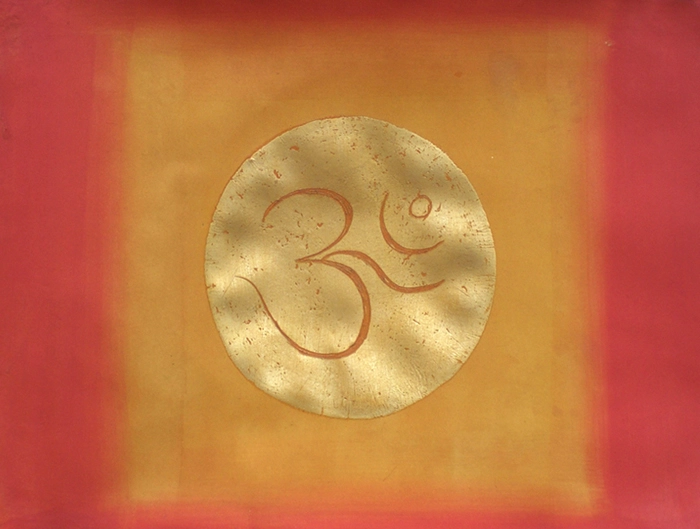
(OM | Sidharth | 25″ x 37″ | Natural Pigments on Handmade Paper)
Over the centuries, different Indian languages developed their unique calligraphic styles. Some of the most well-known types include:
- Devanagari Calligraphy: Used for writing Hindi, Marathi, and Sanskrit, Devanagari script has a distinctive horizontal line running along the top. It is widely used in religious texts, artistic compositions, and even contemporary typography.
- Urdu Calligraphy: Derived from Persian and Arabic calligraphy, Urdu calligraphy is known for its elegant, flowing curves. The Nasta’liq script, popular during the Mughal period, is often used in poetry, manuscripts, and modern artistic works.
- Tamil, Telugu, and Other South Indian Calligraphy: South Indian scripts like Tamil, Telugu, and Kannada have a unique rounded appearance. These scripts were commonly used in temple inscriptions and religious manuscripts and are now being adapted into modern calligraphy.
- Gurmukhi Calligraphy: The Gurmukhi script, used for writing Punjabi, is widely seen in Sikh religious texts, especially in the Guru Granth Sahib, where it is often inscribed in golden letters in Sikh temples.
Each of these styles reflects the cultural and linguistic diversity of India, making calligraphy an important part of the country’s artistic heritage.
Calligraphy in Indian Architecture
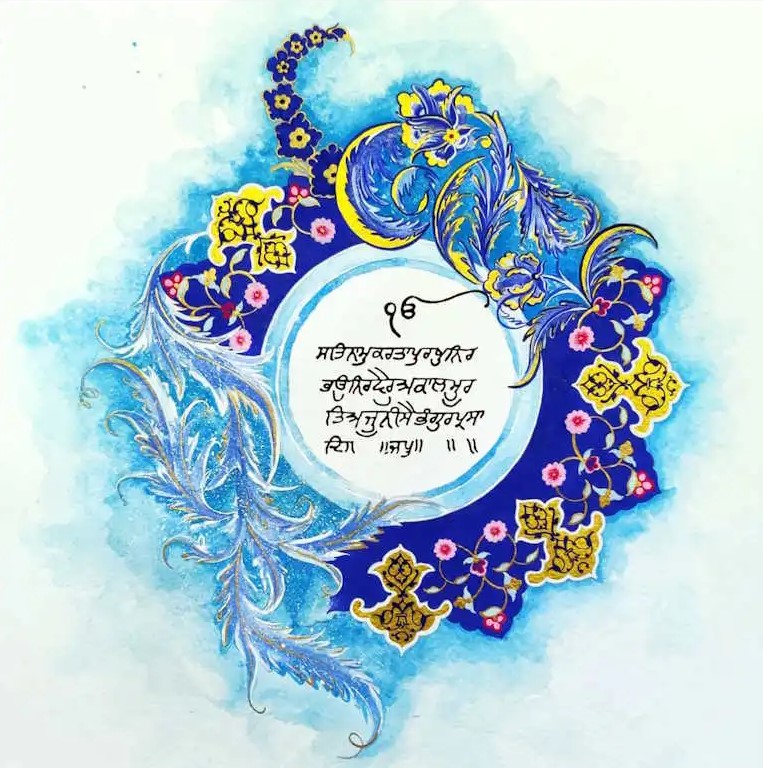
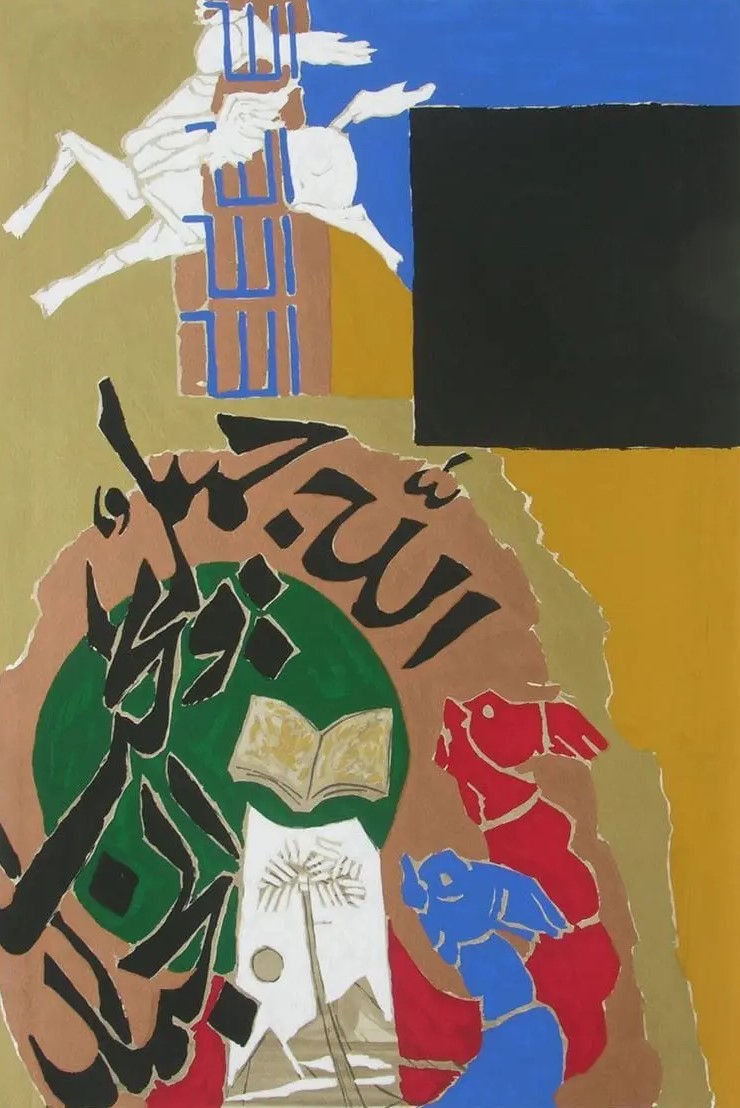
Indian architecture, especially during the Mughal and Sultanate periods, features stunning examples of calligraphy. Some iconic monuments with beautiful calligraphic inscriptions include:
- Taj Mahal: One of the most famous examples of calligraphy in architecture, the Taj Mahal features intricate Quranic verses written in elegant Thuluth script on its marble walls. The black stone inlay against the white marble creates a striking contrast, making the inscriptions stand out.
- Qutub Minar: The Qutub Minar in Delhi has Arabic and Persian inscriptions carved into its sandstone structure, highlighting the artistic excellence of Indo-Islamic calligraphy.
- Jama Masjid and Other Mosques: Mosques across India, including the Jama Masjid in Delhi and Charminar in Hyderabad, feature stunning calligraphic inscriptions that decorate their arches, domes, and entrance gates.
- Temple Inscriptions: Calligraphy is also present in ancient Hindu and Jain temples, where Sanskrit verses and religious texts are carved into the walls, pillars, and ceilings. The inscriptions serve both an artistic and spiritual purpose.
These monuments highlight how calligraphy has been used not just for written communication but as a decorative and cultural element in Indian architecture.
Calligraphy in Modern Indian Art and Design
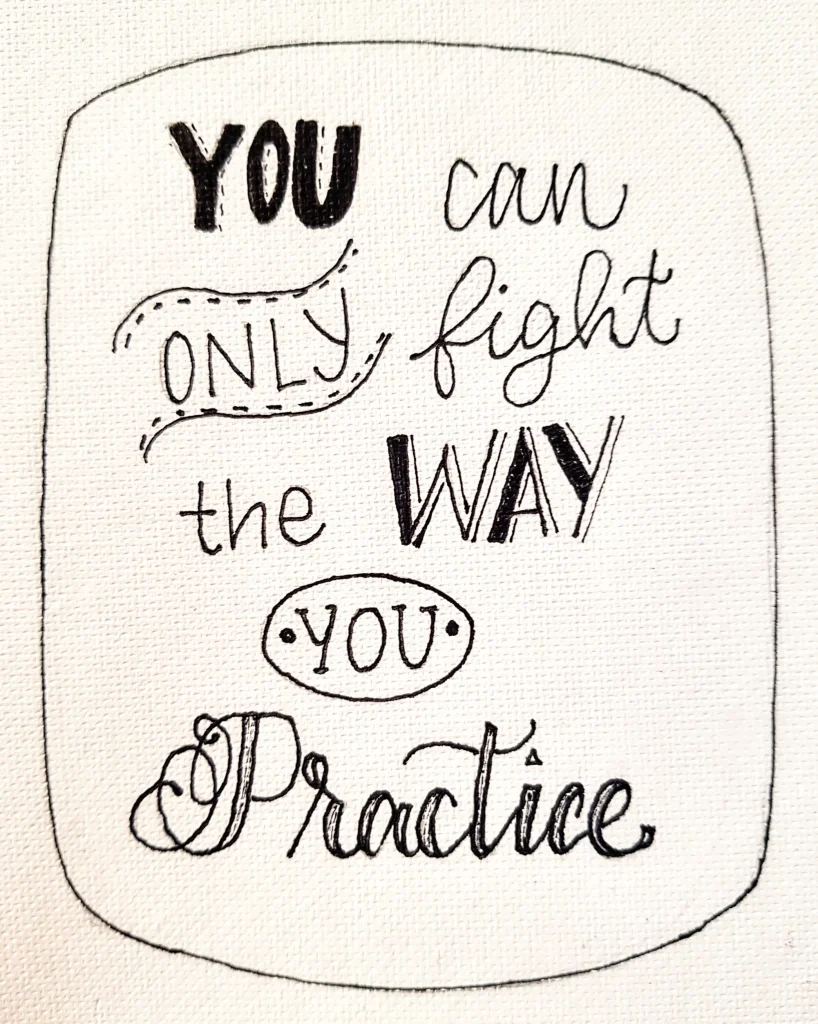
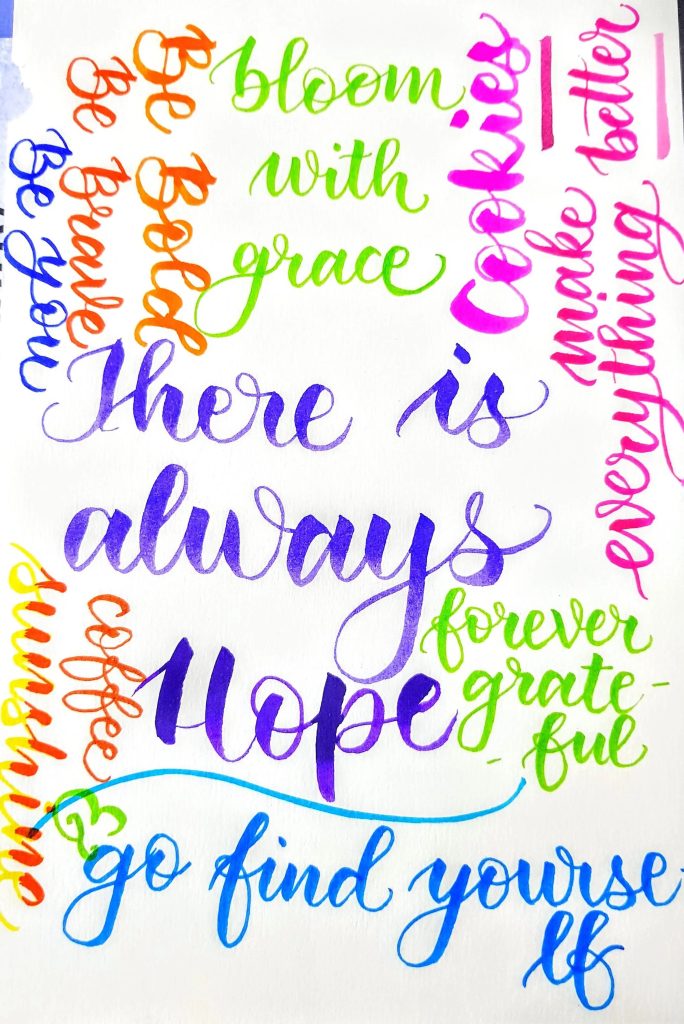
In recent years, calligraphy has made a comeback in contemporary Indian art, graphic design, and branding. Artists and designers are using traditional scripts in innovative ways, blending them with modern aesthetics.
- Typography and Digital Art: Many Indian calligraphy artists are using digital tools to create modern fonts inspired by traditional scripts. This fusion is seen in book covers, movie titles, advertisements, and brand logos.
- Calligraphy in Fashion and Interior Design: Calligraphic designs are now used on fabrics, home décor items, and murals, adding an artistic touch to modern interiors. Sanskrit mantras, Urdu poetry, and Devanagari scripts are often incorporated into wall art and textile designs.
- Street Art and Murals: Indian cities are seeing a rise in graffiti and murals featuring calligraphy. Artists use scripts like Devanagari, Urdu, and Bengali to create visually stunning public artworks.
- Wedding Invitations and Personalized Art: Custom calligraphy is highly popular for wedding invitations, greeting cards, and personalized artworks, blending traditional scripts with elegant modern designs.
Calligraphy is no longer limited to manuscripts and monuments—it has become a dynamic and evolving art form that connects India’s heritage with contemporary creativity.
Conclusion
Calligraphy has played a vital role in Indian art, from ancient religious texts and temple inscriptions to Mughal-era monuments and modern digital designs. It has preserved languages, enriched cultural expressions, and continues to inspire artists today. Despite the rise of digital fonts, handwritten calligraphy remains unique and timeless. It brings a personal, artistic touch that no machine-generated text can replicate.
If you’re interested in art and creativity, why not try your hand at calligraphy? It’s a rewarding skill that connects you to India’s rich artistic heritage while allowing you to explore your own unique style.




